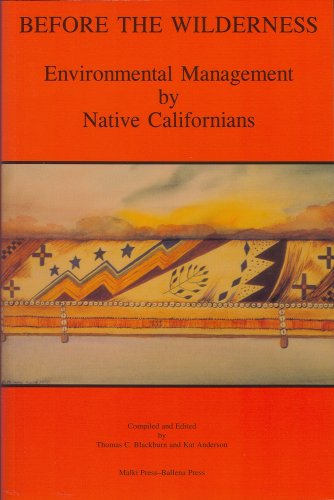FRIDAY, 27 JANUARY 2017

Its all too easy to get so lost in our busy urban lives surrounded by bright MacBook screens and concreted landscapes that we forget humid tropical rainforests and alpine mountain peaks really still exist outside of nature books and TV documentaries. Certainly, the idea that people who have never seen white skin and who rely on hunting for their meat and foraging for plant foods survive in the 21st century is often considered pure fiction.
As a result of severing ourselves from the natural world, it has been a long-held belief that the planet’s natural environments, from boreal forests to lush mangrove swamps, are an untrammelled wilderness, at odds with any form of human activity.
Before the Wilderness shows this ideology to be imaginary:
“the extremely rich, diverse, and apparently wild landscape that so impressed Europeans at the time of contact, was to some extent actually a product of deliberate human intervention”
Techniques used by indigenous Californians to domesticate their environments included landscape burning, transplantation of vegetation, construction of dams, and weirs and ditches. Subsequently, historical hunter-gatherers, though lacking agriculture, had huge impacts on ecosystems and landscape make-up, to the extent that such environments co-evolved with these human groups.
The seemingly inescapable implications of this book are that governments and NGOs working for conservation must consider indigenous peoples as an important part of functioning environments, not as a threat to them.
Reviewed by Simon Hoyte
